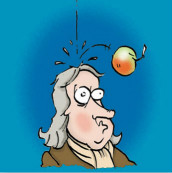Speaker
Description
What is the maximum possible strength of a first-order electroweak phase transition and the resulting gravitational wave signal? While naively one might expect that supercooling could increase the strength of the transition to very high values, for strong supercooling the Universe is no longer radiation-dominated and the vacuum energy of the unstable minimum of the potential dominates the expansion, which can jeopardize the successful completion of the phase transition. After providing a general treatment for the nucleation, growth and percolation of broken phase bubbles during a first-order phase transition that encompasses the case of significant supercooling, we study the conditions for successful bubble percolation and completion of the electroweak phase transition in various theories beyond the Standard Model. These conditions set a lower bound on the temperature of the transition, which in turn bounds the peak frequency of the GW signal from the phase transition to be f \gtrsim 10^{-4} Hz. Since the plasma cannot be significantly diluted, the resulting GW signal originates mostly from sound waves and turbulence in the plasma, rather than bubble collisions. We also study the condition for GW production by sound waves to be long-lasting (GW source active for approximately a Hubble time), showing it is generally not fulfilled in concrete scenarios. Because of this the sound wave GW signal could be weakened, with turbulence setting in earlier, resulting in a smaller overall GW signal as compared to current literature predictions.
